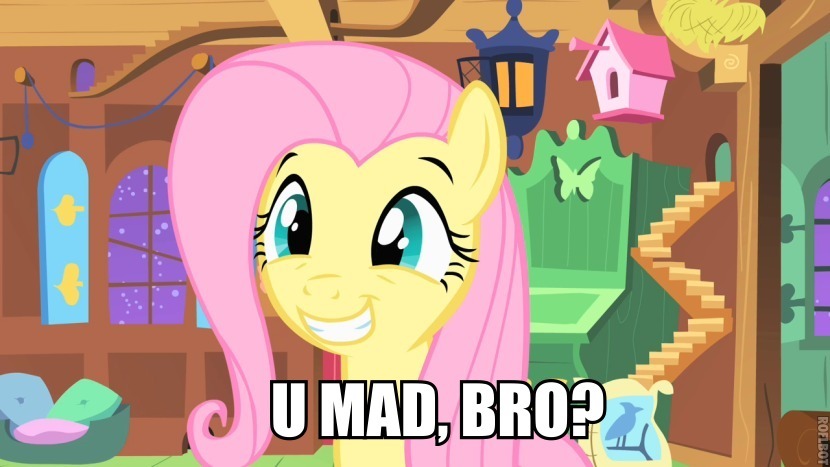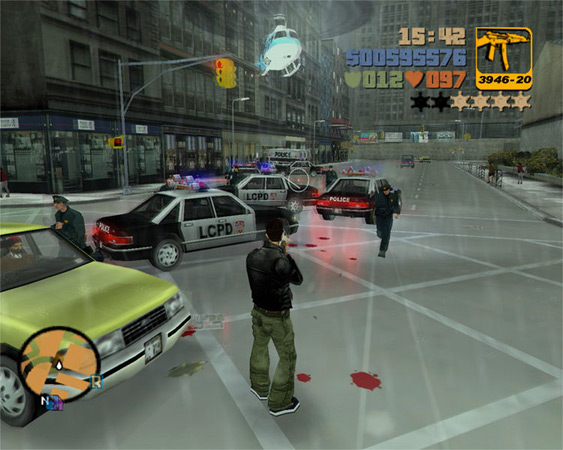Smart mobs are groups of people that band together using different types of electronic media to conduct protests. They operate out of the governmental eye while planning their protests, quickly and easily spreading news throughout the population. Electronics, specifically applications like BlackBerry Messaging and sites like facebook, serve as a way to expediate the process of communication. In the London riots of 2011, people were able to avoid police intervention about their planned riots by spreading information on riots through blackberry messenger. When an issue arises that upsets the general population, they often use texting to spread the word about things. Anonymous is a group that does just that. They are an online army essentially, who enlist the public by announcing protests that they will hold. They use youtube videos and their website to gather people together, and by gaining the reputation they have as an internet power they are able to get even more attention on the internet. Apart from Anonymous, people can help organize protests by sending mass texts and creating a collective intelligence quickly so that they can band together to fight the issue that has upset them. There are other kinds of programs that help put people together for other reasons than protesting, such as Upoc which allows you to join different groups that have different interests. In the article Smart Mobs: Power of the Mobile Many, the author talks about his experience joining groups such as an New York City terrorist alert group, which “promised immediate messages in the case of a terrorist account.” (167, Smart Mobs) While groups like this are more serious and useful, there are also tons of groups for fans of musical artists to chat, and groups that people use to stalk celebrities by notifying the masses when a celebrity is spotted.
The Occupy wall street movement is a prime example of how media and technology can help band people together and organize groups. The movement started when people realized that 99% percent of the American public don’t have any power because they aren’t extremely wealthy. The only people that can have a real effect on Wall Street are the people who have the money to invest in the stock market, and that’s only 1% percent of the people living in the USA. The protests really took an intense turn when the police started physically assaulting protestors, which just angered people more. “During a demonstration in Lower Manhattan, 20-year-old Brandon Watts of Philadelphia grabbed a police officer's hat and was subsequently tackled and arrested, sustaining a gash to his forehead.”
http://news.yahoo.com/blogs/cutline/occupy-wall-street-finally-gets-face-bloody-153643148.html
This event has finally given a face to the Wall Street movement, and this picture is now circulating on the internet and being passed throughout all kinds of smart mobs. Apart from pictures being spread, protestors also carry webcams to they can record police brutality and incite even more intense protesting. Watts has become the bloody face of what is appearing more and more to be a war. The picture of his bloodied face will incite even angrier protesting because the Smart Mobs involved in the OWS movement will spread it as far as they can to give their movement more power. Tons of groups on facebook mention places where people should show up to protest. Facebook allows people to create groups that even show maps of where people should go, and provide links to the site where more knowledge can be learned about the subject. There are also pages that say nothing more than “Occupy Wall Street, September 17th,” these groups simply provide a date, and then hundreds of people comment on the page and organize further. This simple page got over 2500 “likes” and over a hundred people commenting on it saying things like “good job, keep it up everyone!” There are also people from other pages about the Occupy Wall Street movement that post on this page’s wall to provide vital information to everyone interested in the subject.
Link to facebook page: http://www.facebook.com/pages/Occupy-Wall-Street-September-17th/136981243051090
In this way a collective intelligence is created and the movement can grow stronger. It even incites more anger among the participants because people use the page to spread word of police brutality. Since the London riots began with a similar incident, these kinds of posts could start a snowball effect that could result in rioting similar to London.
Technology is essential to communication today, and is far improved from its counterparts in the past. It is much easier to covertly spread word of protests with mass texts and other programs, which means that police cant prepare themselves to deal with the mobs before they begin. This leads to much higher scale rioting than ever before, and allows information to be spread incredibly quickly. Rheingold speaks about all of the different mobile communication groups he was exposed to in New York City, and nowadays there are tons of twitter groups that do the same thing he was talking about except in reference to the OWS movement. Smart Mobs use their mobile computers to check twitter posts to see whats going on and to record police brutality and spread videos of it to the masses. People get minute by minute updates on happenings, even during a protest, which makes people far more organized than they ever have been. While protesting is a main use of Smart Mob technology, it’s used for things like dating and meeting people with similar interests as well. What makes it so easy for these programs and smart mobs to form is the fact that so many people have smart phones and are thus able to do almost everything a computer can do with their handhelds. This means that people can constantly be monitoring sites like facebook and twitter for updates on issues like OWS, and always have access to any other internet programs they would like to use.










